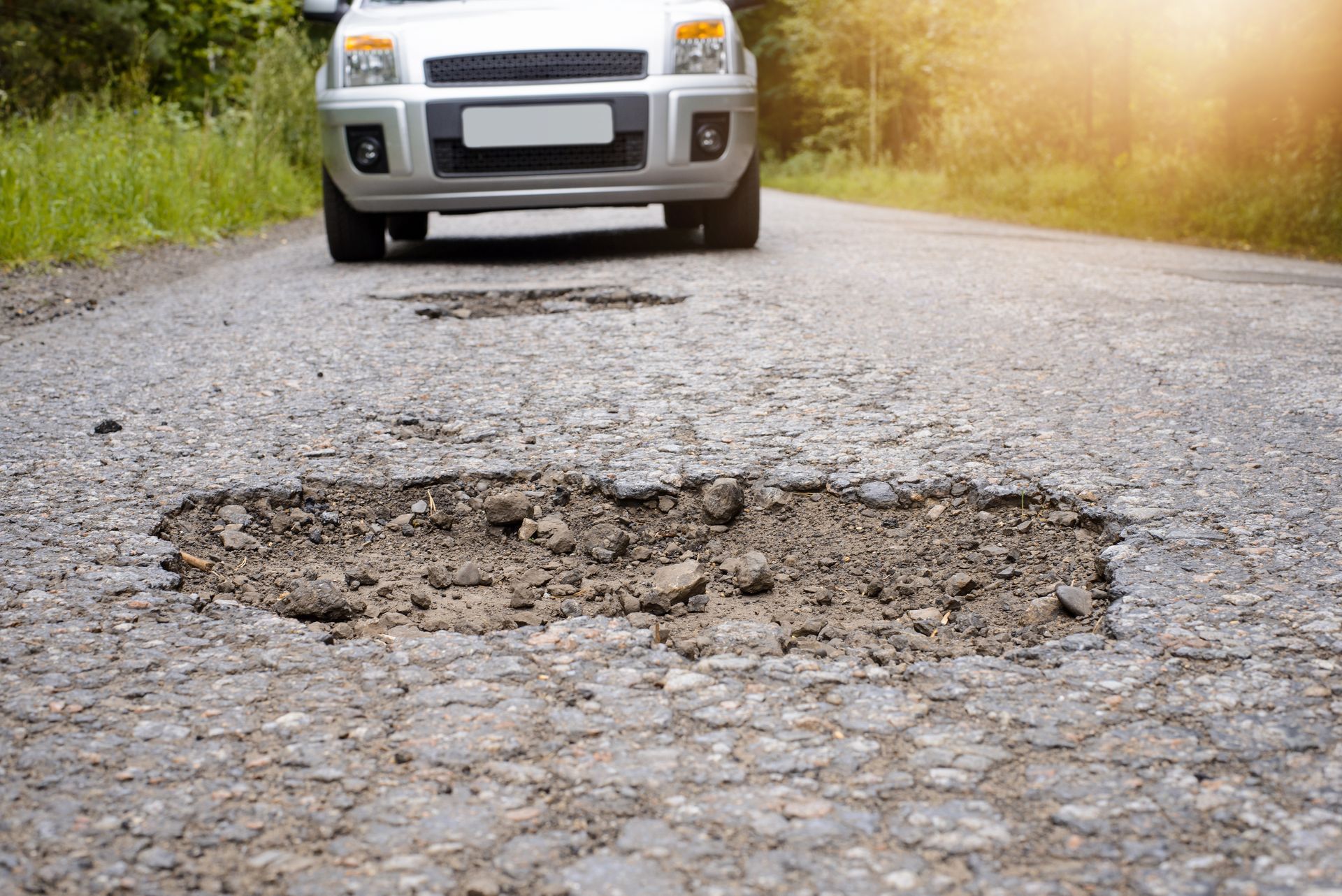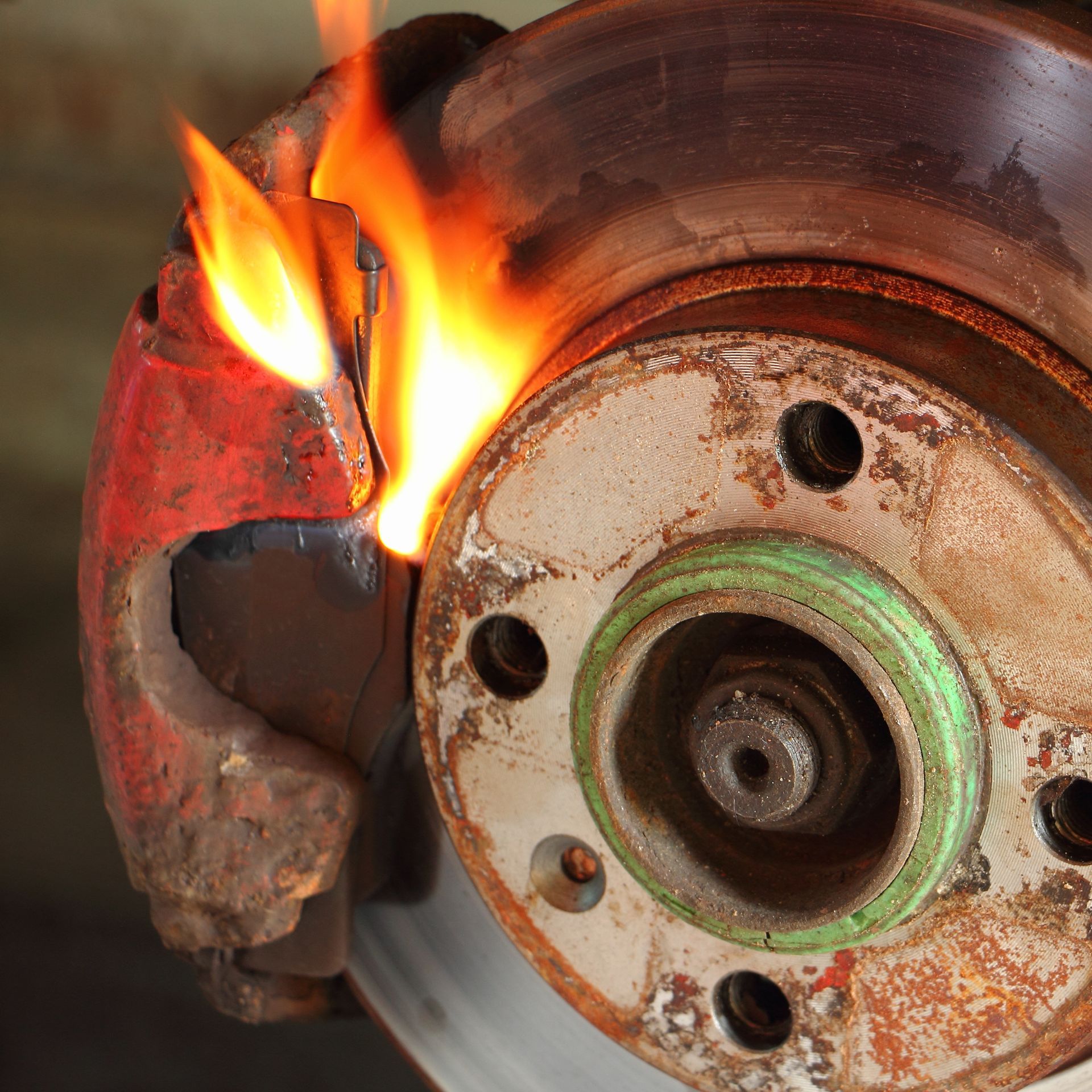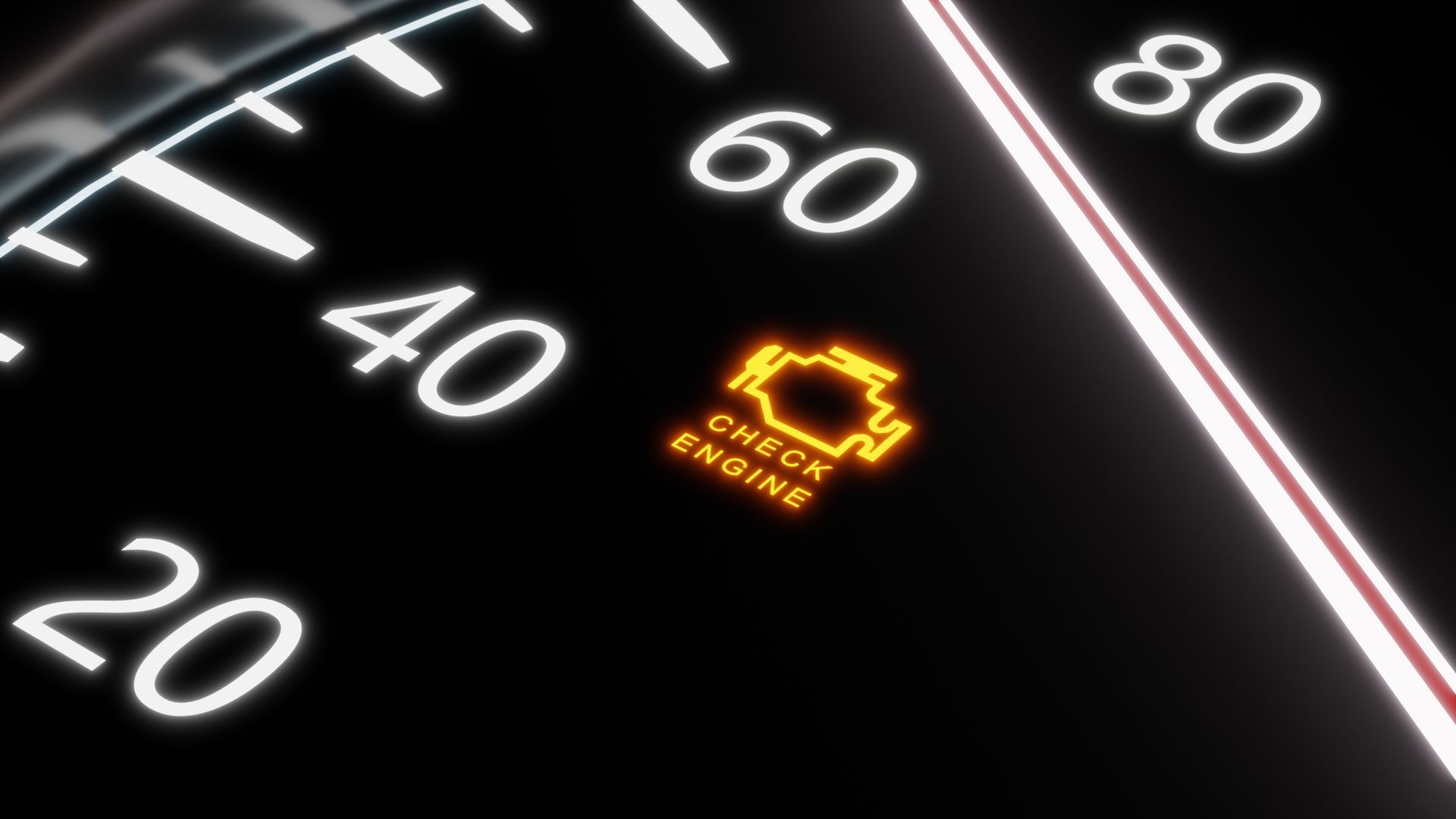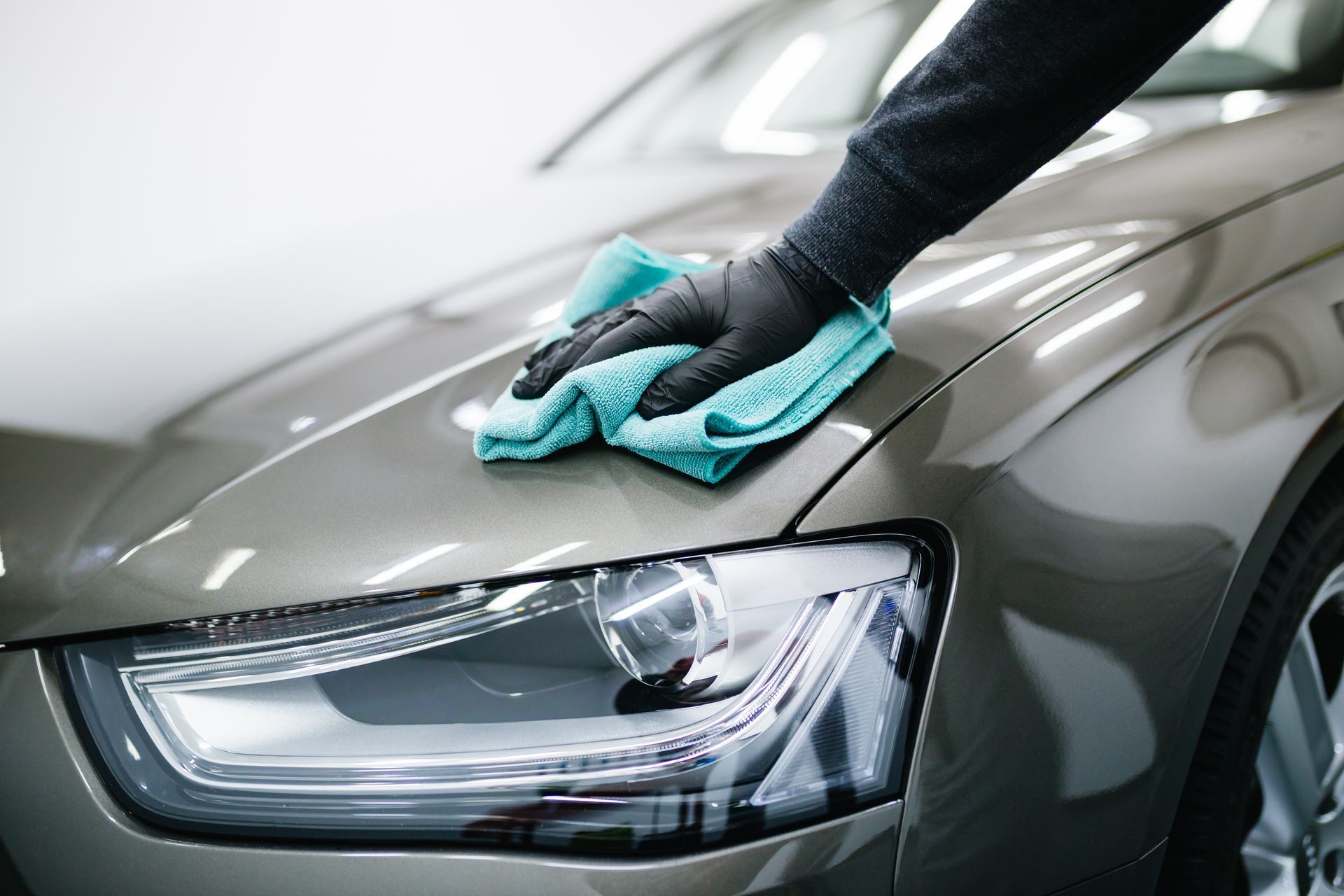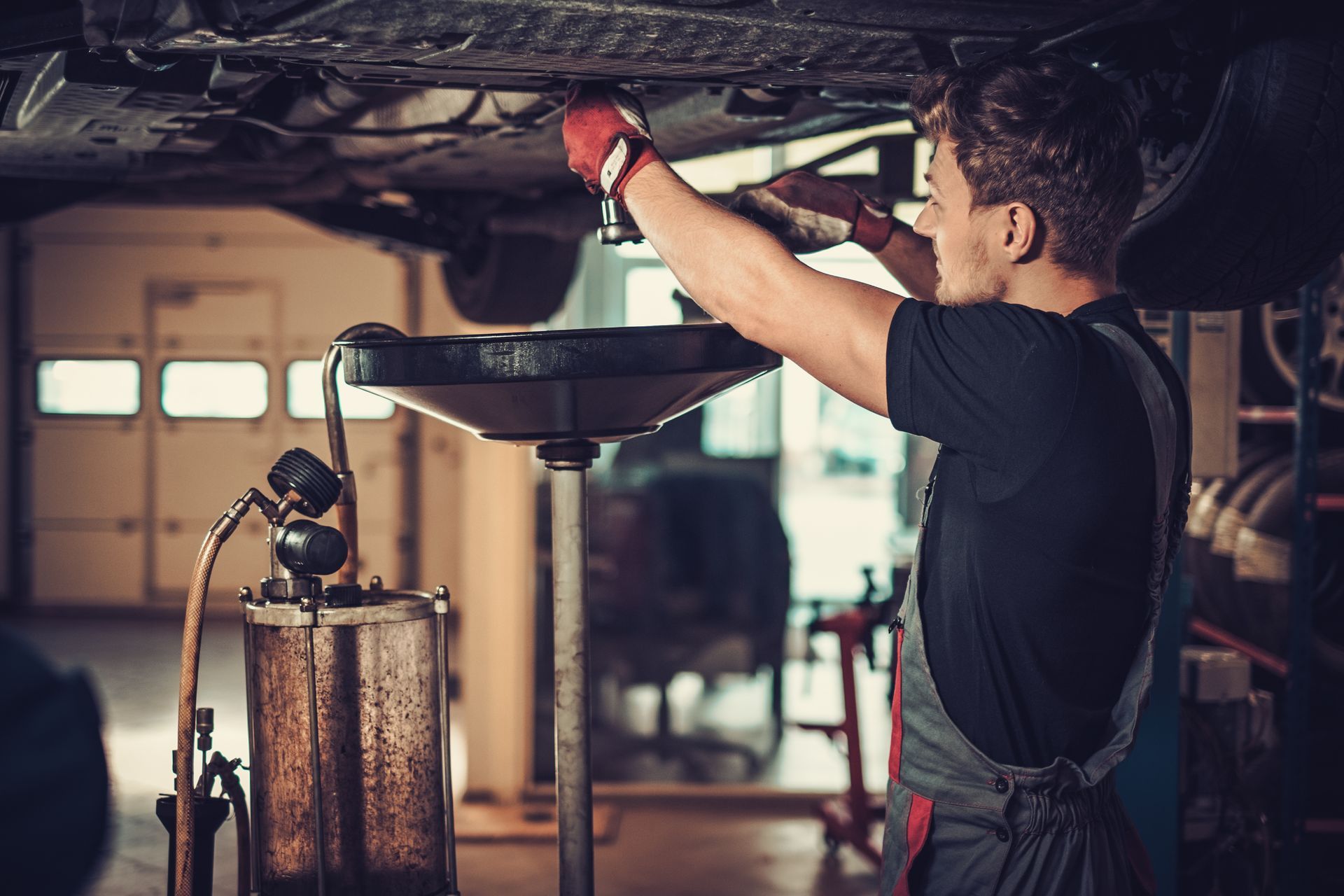When your car starts to idle roughly, hesitate during acceleration, or feel sluggish, the throttle body could be the cause. This component is responsible for regulating the amount of air entering your engine, which directly affects performance, fuel efficiency, and smooth operation. Over time, the throttle body can become clogged with carbon deposits, or in some cases, it may fail altogether. Knowing whether your vehicle needs a simple cleaning or a full replacement can help you avoid unnecessary repairs.
Here’s how the throttle body works, the signs of trouble, and how a technician determines whether cleaning or replacement is the right fix.
What the Throttle Body Does
The throttle body sits between the air filter and the intake manifold. When you press the accelerator, the throttle plate inside opens to allow more air into the engine. The engine control unit then adjusts the fuel mixture to keep everything balanced. This process occurs instantly and is crucial to smooth acceleration and efficient fuel consumption.
If the throttle body is dirty or damaged, the airflow becomes restricted or uneven. This throws off the air-fuel ratio and can create a wide range of drivability issues.
Signs of a Dirty or Failing Throttle Body
- Rough or uneven idle
- Stalling, especially when coming to a stop
- Poor acceleration or hesitation
- Reduced fuel economy
- A check engine light with codes related to air intake or idle control
These issues can mimic other problems, so it’s important to have a technician inspect the system rather than guessing at the cause.
When a Cleaning Is Enough
In many cases, carbon buildup on the throttle plate is the main issue. This buildup restricts airflow and causes the symptoms mentioned above. A cleaning involves removing the throttle body and carefully scrubbing away deposits with a specialized cleaner. Once cleaned, the throttle body is reinstalled, and the system is reset.
Cleaning is usually recommended if the throttle body is otherwise in good condition and the electronic components are still functioning properly. It’s a cost-effective fix that often restores performance immediately.
When Replacement Is Necessary
If the throttle body’s sensors, electronics, or motorized components fail, cleaning won’t solve the problem. Modern throttle bodies often include integrated sensors that monitor airflow and plate position. When these fail, the entire unit typically needs to be replaced. Common causes for replacement include:
- A throttle plate that sticks or won’t open properly
- Internal sensor failure
- Electrical issues that prevent the unit from communicating with the engine computer
Replacement costs more than cleaning, but it ensures your engine receives the proper airflow and runs efficiently.
How a Technician Decides
To determine whether cleaning or replacement is needed, a technician will inspect the throttle body visually and run diagnostic tests. If heavy carbon buildup is the only issue, a thorough cleaning is performed. If the part fails an electrical test or shows signs of mechanical failure, replacement is recommended. This approach prevents spending money on cleaning a component that won’t work properly, no matter how clean it is.
Regular Maintenance Helps Prevent Problems
Keeping up with air filter changes and routine inspections can reduce throttle body buildup. Driving habits also play a role. For example, lots of short trips or stop-and-go driving tend to create more deposits than longer highway trips. Scheduling a throttle body inspection every 30,000 to 50,000 miles can help prevent drivability issues from sneaking up on you.
Throttle Body Service with Mountain Tech Inc. in Oregon City, OR
If your vehicle shows signs of throttle body trouble, our technicians at
Mountain Tech Inc. in Oregon City, OR, are ready to help. We’ll inspect the system, determine whether a cleaning or replacement is needed, and restore your engine’s performance. Don’t ignore rough idling or hesitation — schedule an appointment with us today and keep your car running smoothly.






